Benefits of using a drone for surveys
- Articles
- 22 Jun 2024
The Rise of Drone Surveys in the UK: Transforming Industries with Cutting-Edge Technology Drone surveys have rapidly gained traction across various industries in the UK, offering unparalleled benefits in terms of efficiency, safety, and data accuracy. Consequently, here's a look at how, in particular, drone surveys are revolutionising traditional methods and furthermore, their applications in different sectors.What is a Drone Survey? A drone survey, also known as an unmanned aerial vehicle (UAV) survey, utilizes drones equipped with high-resolution cameras and sensors to capture aerial data. Moreover, these drones are remotely controlled and can, therefore, access hard-to-reach areas, making them an ideal tool for surveying landscapes, infrastructure, and more.
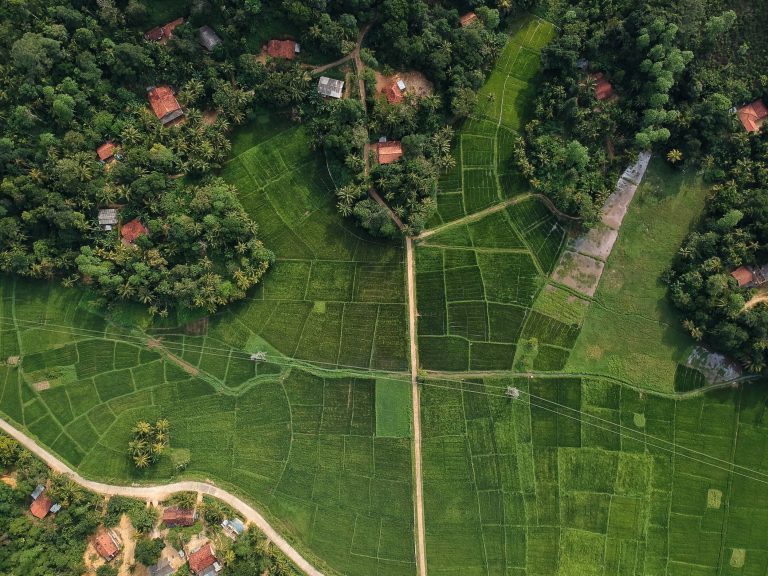
Enhanced Efficiency and Speed
Drone surveys expedite the mapping process by providing rapid data acquisition capabilities. Consequently, with the ability to cover large areas quickly, drones significantly reduce the time required to complete surveys compared to traditional methods. Moreover, a drone can capture data from multiple angles and altitudes, therefore capturing a wealth of information in a single flight. This efficiency enables surveyors to gather accurate and comprehensive data in a fraction of the time, thus expediting project timelines and increasing overall productivity..
High Precision and Accuracy
Accurate data is crucial in drone surveys; consequently, drones excel in delivering precise measurements. Equipped with advanced sensors and GPS technology, drones can not only capture detailed images but also collect precise geospatial data. Therefore, these data points can be used to create highly accurate 3D models, digital elevation models (DEMs), and orthomosaics. Furthermore, the accuracy of drone surveys can benefit various sectors, including construction, infrastructure development, and environmental monitoring.
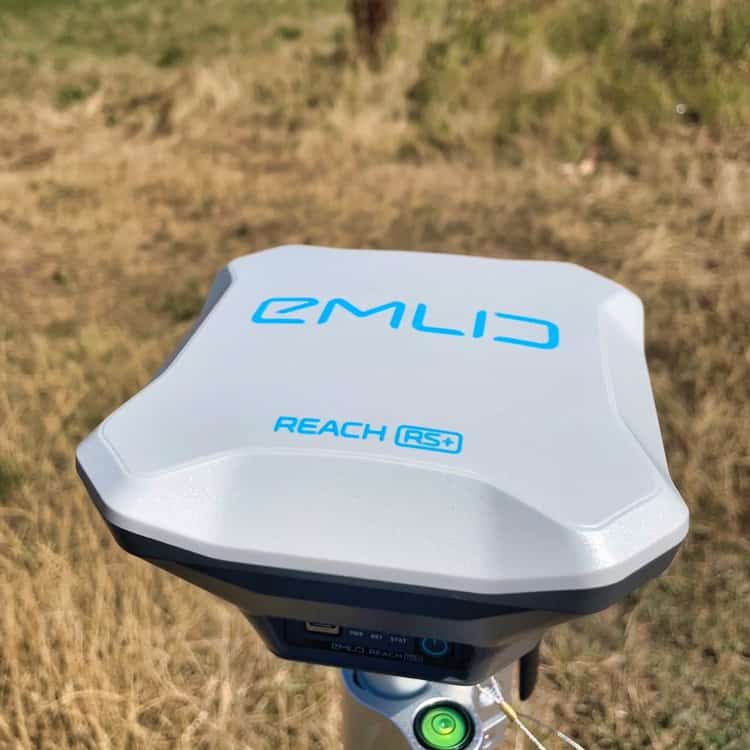
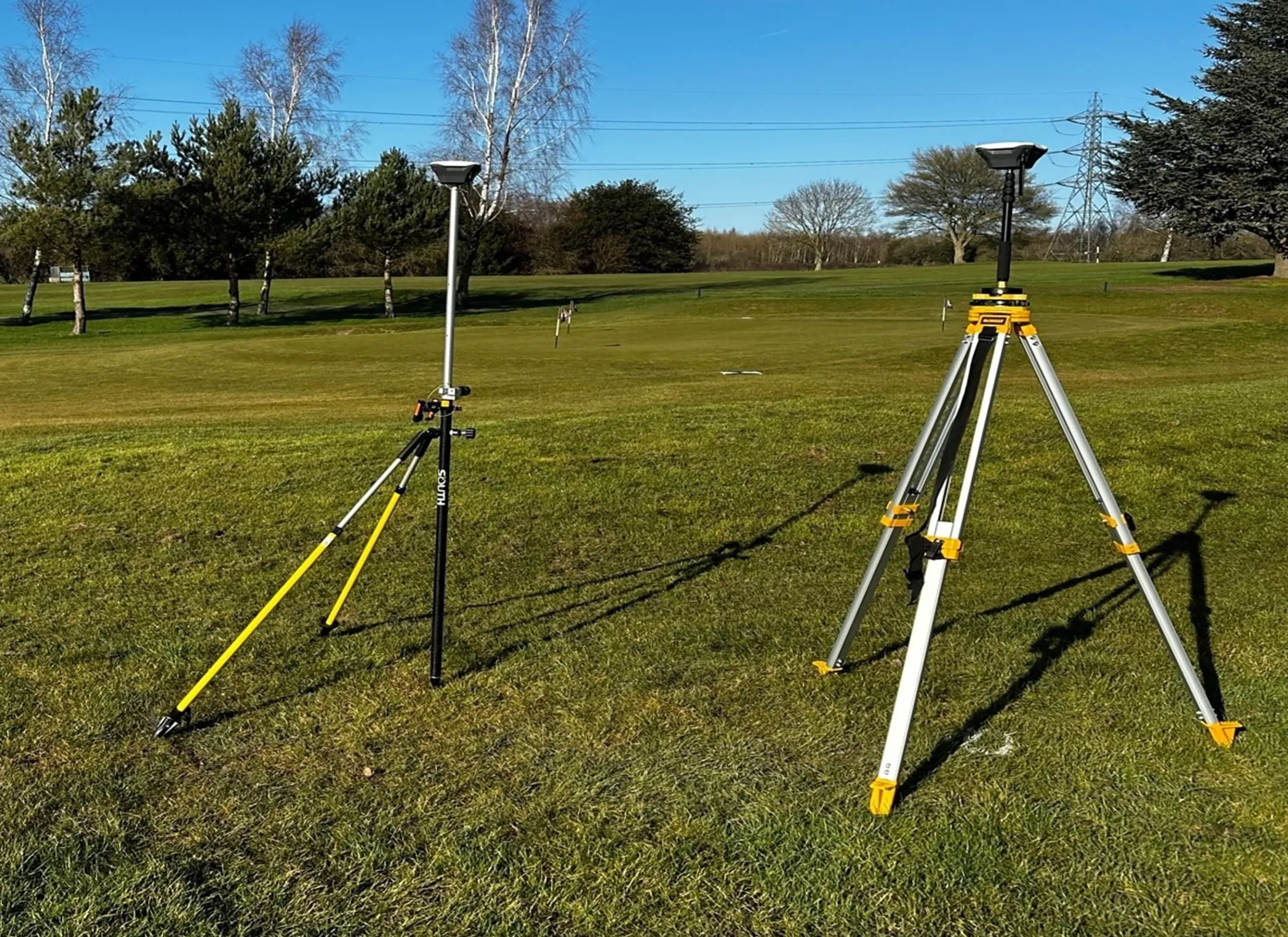

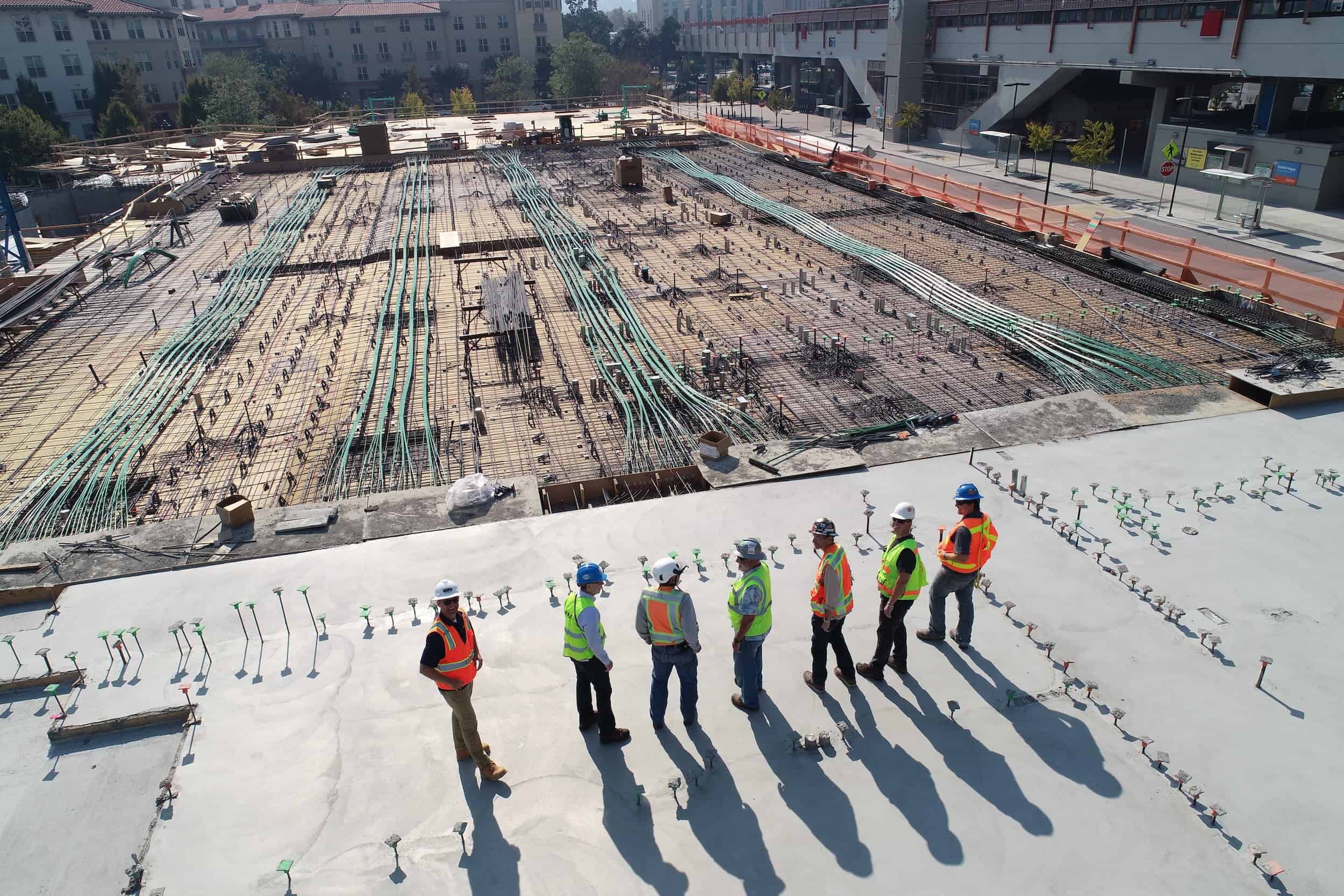
Safety and Accessibility
Traditional land surveying often involves working in hazardous or hard-to-reach locations. However, by employing drones, surveyors can consequently eliminate the need for human presence in dangerous areas, such as steep terrains, unstable structures, or remote sites. Thus, this technology enhances worker safety and reduces potential risks associated with challenging surveying conditions. Furthermore, drones can access areas that may be inaccessible or impractical for surveyors on foot, such as dense forests, inaccessible coastlines, or large industrial sites.

Cost-Effectiveness
Drone land surveying offers a cost-effective alternative to traditional methods. By automating the data collection process, drone surveys require fewer personnel and equipment, reducing labour and equipment costs. The rapid data acquisition capabilities and increased efficiency of drones also minimize overall project timelines, leading to cost savings. Furthermore, the accuracy of drone survey data reduces the need for rework, minimizing expenses associated with errors or inaccuracies.
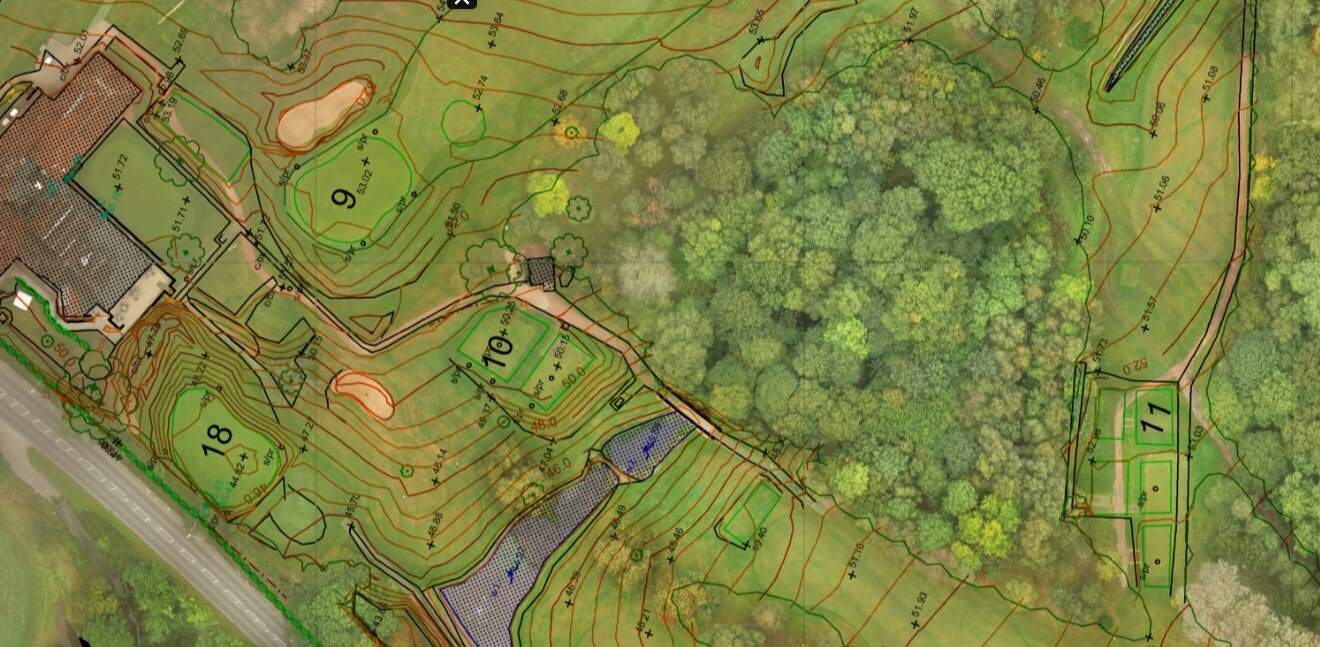
Data Visualization and Analysis
The data collected by drones surveys can be processed and transformed into detailed maps, point clouds, 3D models, and orthophotos. These visual representations provide valuable insights for decision-making, design, and planning processes. By analyzing the survey data, stakeholders can make informed decisions based on accurate, up-to-date information. This helps in optimizing land use, identifying potential issues, and improving project outcomes.
Mapping Industry
Drone surveys have brought about a transformative change in the mapping industry, offering numerous advantages over traditional surveying methods. From enhanced efficiency and speed to improved accuracy and cost-effectiveness, drones have revolutionized how land surveys are conducted. By harnessing the power of unmanned aerial vehicles, surveyors can now collect precise data, access hard-to-reach areas, and analyze the information to make informed decisions. With the continued advancements in drone technology, the future of land surveying looks promising, paving the way for improved infrastructure development, environmental monitoring, and overall land management.